Redwood Materials announces technical advancements in recycling
Last year, Redwood expanded the hydrometallurgical facilities at its battery materials campus in northern Nevada, commissioned rotary calciners for large-scale recycling and launched the first battery anode copper foil production in North America. Redwood Materials can currently process over 40,000 tonnes (approx. 15-20 GWh) annually.
Redwood started its press release with the words: “Over the past year at our Battery Materials Campus in Northern Nevada, we’ve ramped our hydrometallurgical operations, commissioned our rotary calciner for large-scale recycling, and turned on the first battery anode copper foil production in North America.”
Now, the recycling startup is showing off what it has achieved so far, even inviting Bloomberg staff to visit its facilities.
Redwood Materials breaks its achievements down into three areas: the establishment of the first commercial-scale nickel “mine” in the US, marking the only lithium supply to come online in the USA in decades, as well as the cutting down of the environmental cost of EV materials in comparison to traditional mining methods, which the company states as being 80 per cent. Finally, the startup also managed to get Stanford University to analyse its CO2 footprint, showing a 40 per cent better rate than other recyclers at a 15-20 GWh capacity.
“Once we’ve changed over the entire vehicle fleet to electric, and all those minerals are in consumption, we’ll only have to replace a couple percent each year that’s lost in the process,” said Colin Campbell, Redwood’s chief technology officer and the former head of powertrain engineering at Tesla. “It will become obvious to everyone that it doesn’t make sense to dig it out of the ground anymore.”
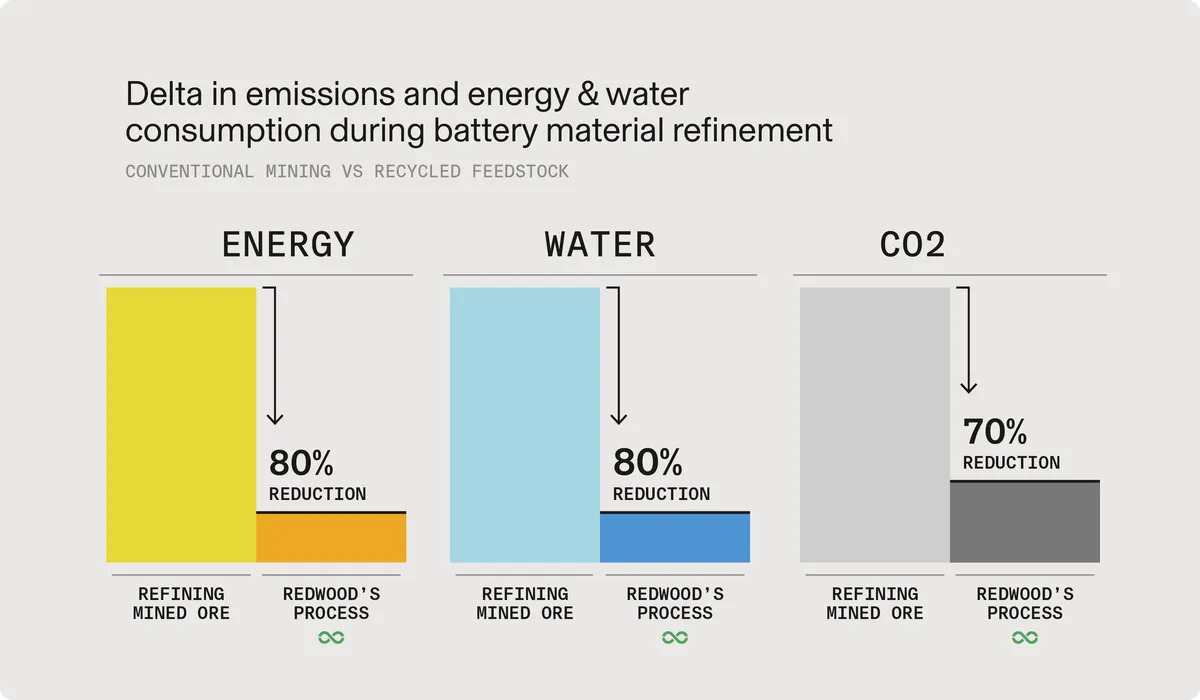
The startup also outlined its next targets, such as expanding from the current 30,000 tonnes of processed end-of-life batteries and production scrap today to 60,000 tonnes, or 15 GWh by the end of 2024. A zero-liquid-discharge campus is also to be built: Redwood states that its facilities are designed to use minimal water, and an advanced on-site water treatment system is to be implemented to recycle process water back into our operations. The result will be that the only wastewater discharged from the campus will be from basic amenities, such as restrooms and kitchens.

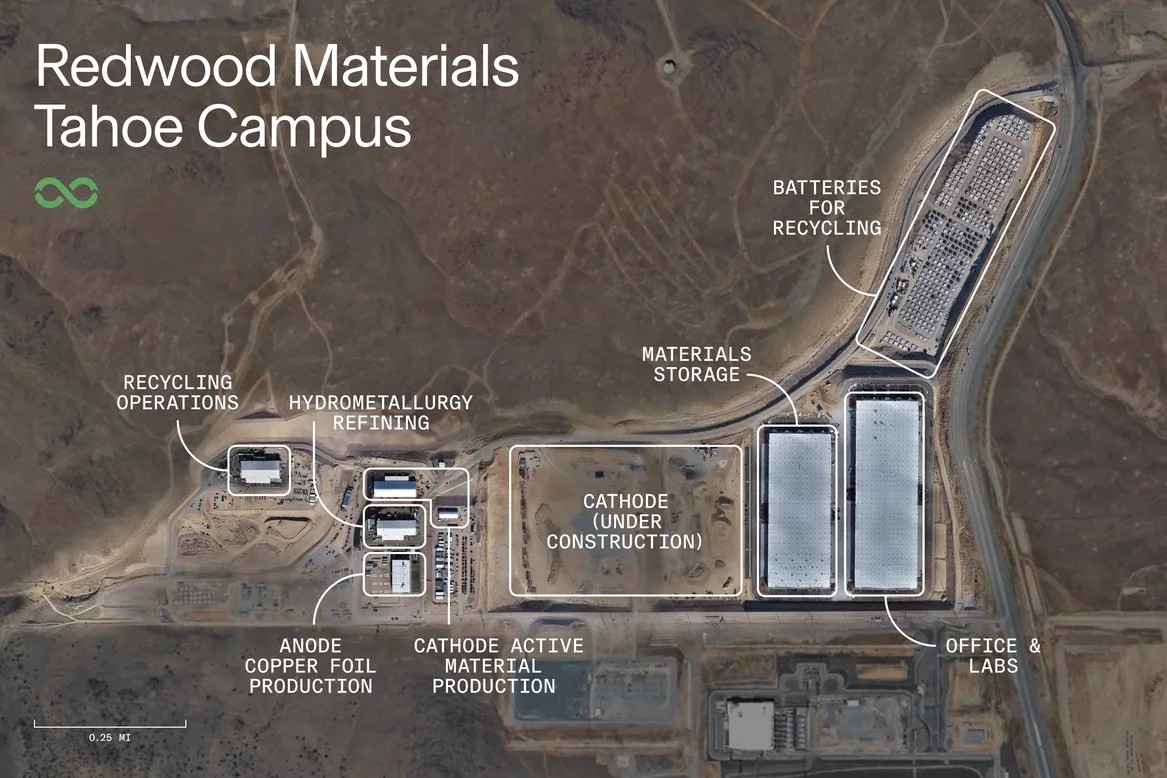
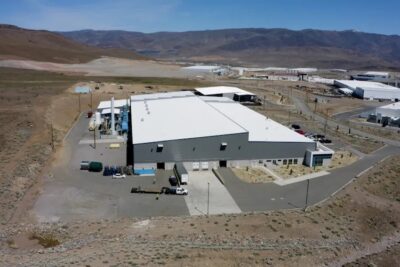
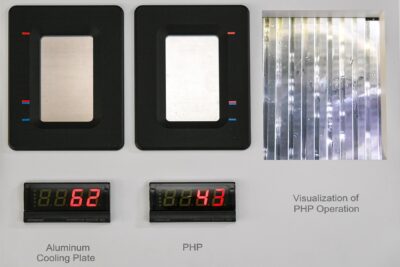
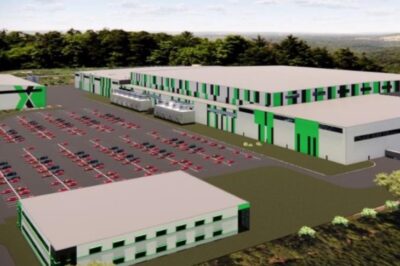
0 Comments